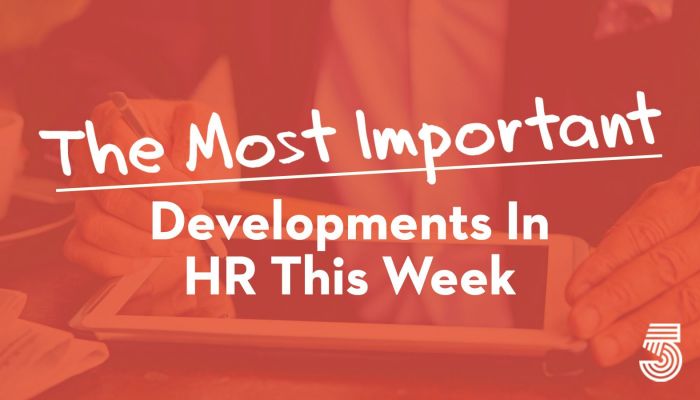The M.I.D., as we call it, is curated by our editorial team from more than 50 news sources. Like a lot of good ideas, this started as something I wanted for myself. If I can’t read everything, I at least want to stay abreast of the most important developments.
This week in HR, everyone was talking about the importance of culture, quiet firing came into play, we learned accountability is apparently a myth, and that HR is really PR.

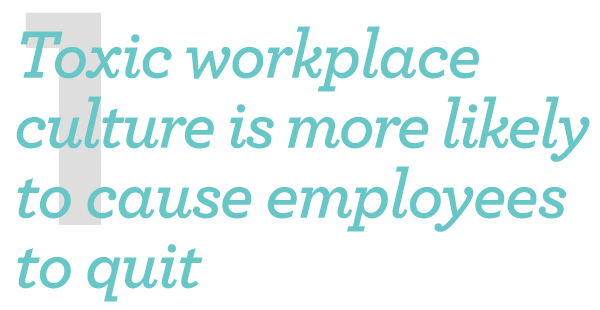
Learning and development has been identified as a key way to retain staff and overhaul a company’s culture based on a recent groundbreaking MIT Sloan Management Review study. Rather than salary, toxic workplace culture was cited as the number one reason an employee leaves a business, with L&D teams key as companies are under pressure to overhaul their culture and workplace practices to improve employee attrition. The study analyzed 34 million online employee profiles from Revelio Labs, as well as more than 1.4 million Glassdoor reviews to assess the reasons behind the Great Resignation in the U.S. They found that toxic workplace culture was 10.4 times more likely to be the source of an employee leaving than their compensation. As well as looking at what is causing people to leave, the team also analyzed the reasons people were staying with their jobs. The most important factors were providing lateral career opportunities, remote work arrangements, company-sponsored social events, and offering predictable schedules. HR News


In recent years, definitions of work culture have changed tremendously. Many aspects (e.g., processes, technology, workflows, training) are morphing as leaders adapt to global pressures and new employee expectations. Some shifts are obvious, such as dramatic changes in where employees work. However, most culture change is subtle, slow, and difficult to define. For example, culture change might manifest as differences in onboarding experiences and how new hires form relationships, shifts in team structures and workflows due to external pressures, such as supply chain concerns, and new communication norms aimed at keeping hybrid employees connected. Culture drift may seem inconsequential. But when your culture shifts, so do the messages you convey to employees and job candidates about what matters most to your organization. Even gradual evolution can lead to significant changes in your employee, customer, and shareholder experiences. In the end, minor culture drift can influence global stakeholders’ confidence in how well your organization keeps its promises. Gallup

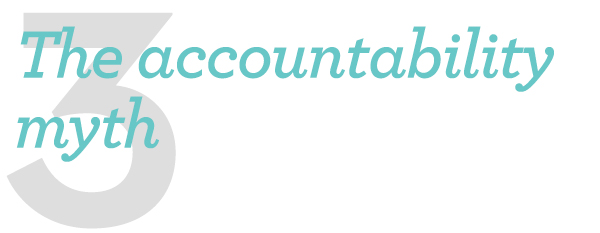
Accountability may be the single most common response when leaders are asked to define the one aspect of their organizational culture that they would like to change. With various parties claiming that others are falling short when it comes to accountability, we have to wonder: Who is really lacking when it comes to accountability? And why are there conflicting perceptions surrounding this issue? The myth of accountability is that it is all about leaders following up, checking in, and demanding that people deliver what they said they would deliver when they said they would deliver it. And if they repeatedly fall short of delivering, they should be gone. The problem is, if you do this as a leader, you may find that performance gets worse as people pull back from taking the risks and leveraging the learnings that are necessary for improved performance. A shift in mindset is required for leaders to move from holding people accountable (with threats of punitive actions) to instead becoming intensely clear on what they need to do to create accountability in those they lead. Root

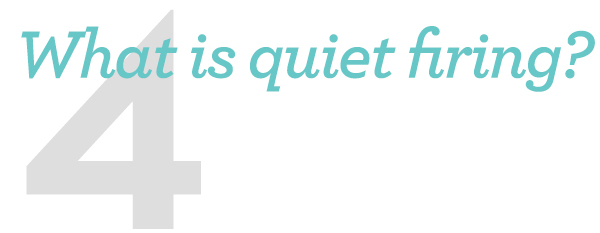
Passive-aggressive work habits and management techniques are being dragged uncomfortably into the spotlight. People’s rejection of hustle culture and the notion that you must go above and beyond your job description to impress bosses – a term recently coined “quiet quitting” – has been raked over since it surfaced in late July. While discussion around it may be new – the phenomenon itself isn’t. And that’s made it open season on another longstanding, murky workplace tactic – but this time it’s the managers being scrutinized. Enter: “quiet firing.” It’s how a manager avoids the discomfort of firing someone outright. Instead, they will use a bunch of different passive-aggressive tactics that have the same goal: They make the employee want to quit themselves. It’s a tactic that’s been hidden in plain sight for years. One example is how an employer will start to ice out an employee. They may do that by giving them their least favorite assignments all the time, not adding them to important email threads, and excluding them from certain meetings. Or, it might involve overloading someone with responsibilities that lead to burnout. Worklife

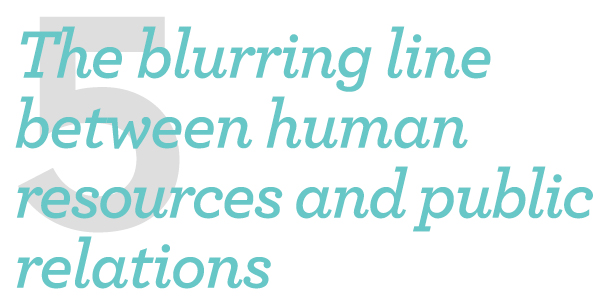
To understand what employers are prioritizing in their benefits for the coming year, we reached out to Tami Simon, global corporate business leader at the benefits and human resources consulting firm The Segal Group. Here are excerpts from our conversation, lightly edited for length and clarity: The key drivers that we’re seeing relate to flexibility. There’s a lot of conversation going on right now related to paid time off, unpaid time off, different leaves — parental leave versus maternity or paternity. People are also talking a lot about mental-health support and access to the types of support networks that people need. Caregiver support — I can’t tell you what an enormous pull that is right now. There are a lot of people taking care of a lot of other people, whether that is parents, kids, other dependents, and that is impacting their ability to work. And without a doubt, given the recent Supreme Court case [Dobbs v. Jackson Women’s Health Organization], we’ve got a lot of employers asking about access to reproductive benefits, access to women’s health care, what role their travel policy in their group health plan may or may not play. Time






